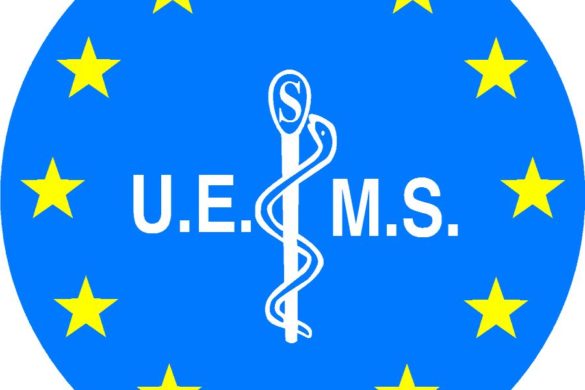Abstract
Background: Progressive multifocal leukoencephalopathy (PML) is an opportunistic infection that develops in immunosuppressed patients with HIV infection. Paradoxically, some of these patients may develop PML during combined antiretroviral therapy in the setting of immune reconstitution. We describe the types of PML in relation to immune reconstitution inflammatory syndrome (IRIS) and the effects of steroid use in these patients.
Methods: We performed a retrospective review of the literature (1998 to 2007) and of all HIV infected patients diagnosed with PML-IRIS at Johns Hopkins Hospital (2004 to 2007). We recorded information on clinical features, microbiologic and virological analysis, neuroimaging, pathology, treatment, and outcome.
Results: Of 54 patients with PML-IRIS, 36 developed PML and IRIS simultaneously (PML-s-IRIS) and 18 had worsening of preexisting PML (PML-d-IRIS) after the initiation of combined antiretroviral therapy. PML-IRIS developed between 1 week and 26 months after initiation of antiretroviral therapy. PML-d-IRIS patients developed IRIS earlier, had higher lesion loads on MRI of the brain, had shorter durations of survival, and had higher mortality rate compared to PML-s-IRIS patients. Twelve patients received treatment with steroids, of which five died and seven showed good neurologic recovery. Patients who survived had received steroids early after IRIS diagnosis for longer durations and had contrast enhancement on IRIS neuroimaging.
Conclusions: Immune reconstitution following initiation of combined antiretroviral therapy may lead to activation of an inflammatory response to detectable or latent JC virus infection. Early and prolonged treatment with steroids may be useful in these patients but requires further investigation.
Tan K, Roda R, Ostrow L, McArthur J, Nath A. Neurology. 2009 Apr 28;72(17):1458-64.
Comment by Israel Steiner
Progressive multifocal leukoencephalopathy (PML) is an opportunistic infection of the CNS due to JC virus that afflicts up to 5% of patients with AIDS and recently has also attracted attention as a side effect of Natalizumab therapy in multiple sclerosis. The disorder is due to viral reactivation associated with infection of oligodendrocytes and astrocytes leading to demyelination, necrosis, and cell death.
While antiretroviral therapy improves immune function and prognosis in HIV-infected patients, PML may develop or worsen with antiretroviral therapy, despite a recovery of the immune system. This is attributed to what is termed immune reconstitution inflammatory syndrome (IRIS). PML-IRIS may account for up to 18% of HIV infected patients. The lesions often enhance on neuroimaging and show inflammatory and demyelinating lesions with marked infiltration by macrophages and CD8 T lymphocytes. There are no evidence-based guidelines for the prevention or management of PML-IRIS. This retrospective study was aimed to provide clinical guidelines for the diagnosis of PML-IRIS and to report the effects of steroid in this condition.
Of 54 patients with PML-IRIS, 36 developed PML and IRIS simultaneously and 18 had worsening of preexisting PML after the initiation of combined antiretroviral therapy. The second group developed IRIS earlier, had higher lesion loads on brain MRI and had shorter durations of survival with higher mortality rate. Information on steroid therapy was limited but may suggest that early and prolonged treatment with steroids may be useful in these patients.
This study highlights an important, recently recognized, complication of therapy of a prevalent opportunistic infection. Further studies, preferable prospective, will be needed to characterize the clinical course and optimal therapy for this condition.
Israel Steiner is Chairman of the EFNS Scientist Panel on Infectious diseases incl. AIDS (neuro) and Head of the 1st Department of Neurology at the Rabin Medical Center in Petach Tikvah, Israel







